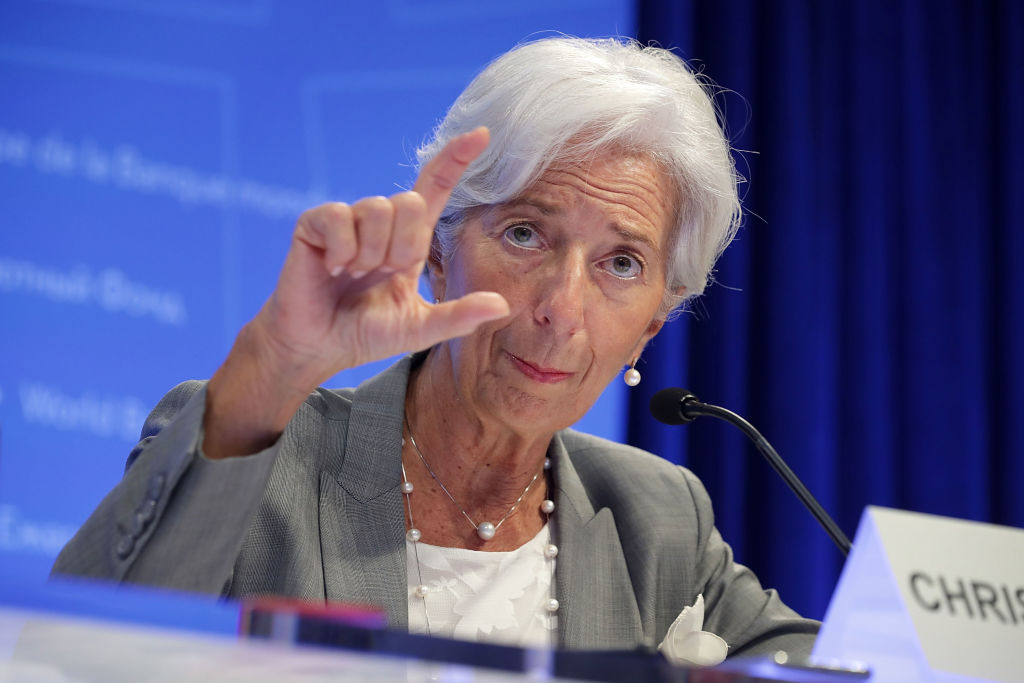ECB May Cut Interest Rates Next Month Amid Ongoing Inflation Concerns
23.08.2024 15:00 1 min. read Alexander Stefanov
Speculation is mounting that the European Central Bank (ECB) might lower interest rates next month, with September becoming a critical point of focus.
Most analysts, over 80%, are anticipating a rate cut, potentially alongside the Federal Reserve, and are even predicting another reduction in December.
The push for a rate decrease is driven by persistent inflation, which continues to exceed the ECB’s 2% target. ECB President Christine Lagarde has emphasized that any rate adjustments will hinge on future inflation reports.
Currently, the ECB’s main rates stand at 4.25% for refinancing and 3.75% for deposits, following a slight reduction in June 2024. The bank faces the dilemma of curbing inflation while avoiding further economic strain in the Eurozone, which is already experiencing slow growth and rising costs.
Martins Kazaks, a key ECB official and Latvia’s central bank head, has indicated a willingness to consider another rate cut in September but will wait for new data before making a decision. He noted that while current monetary policy has helped manage inflation, growth remains weak due to insufficient structural changes.
The ECB’s July meeting maintained a cautious stance, acknowledging ongoing inflation risks. Recent wage data suggests a potential moderation, which could help align inflation with the 2% target by 2025. Kazaks remains optimistic that achieving this goal is still feasible, even with possible additional rate cuts.
-
1
Russia’s Oil Revenues Strained as Exports Decline Again
24.06.2025 18:00 2 min. read -
2
Recession Fears Linger as Economic Signal Flashes Long-Term Warning
25.06.2025 9:00 2 min. read -
3
Robert Kiyosaki Predicts When The Price of Silver Will Explode
28.06.2025 16:30 2 min. read -
4
Trump Targets Powell as Fed Holds Rates: Who Could Replace Him?
27.06.2025 9:00 2 min. read -
5
U.S. PCE Inflation Rises for First Time Since February, Fed Rate Cut Likely Delayed
27.06.2025 18:00 1 min. read
Key U.S. Economic Events to Watch Next Week
After a week of record-setting gains in U.S. markets, investors are shifting focus to a quieter yet crucial stretch of macroeconomic developments.
Robert Kiyosaki Predicts When The Price of Silver Will Explode
Robert Kiyosaki, author of Rich Dad Poor Dad, has issued a bold prediction on silver, calling it the “best asymmetric buy” currently available.
U.S. PCE Inflation Rises for First Time Since February, Fed Rate Cut Likely Delayed
Fresh data on Personal Consumption Expenditures (PCE) — the Federal Reserve’s preferred inflation gauge — shows inflation ticked higher in May, potentially delaying the long-awaited Fed rate cut into September or later.
Trump Targets Powell as Fed Holds Rates: Who Could Replace Him?
Federal Reserve Chair Jerome Powell is once again under fire, this time facing renewed criticism from Donald Trump over the Fed’s decision to hold interest rates steady in June.
-
1
Russia’s Oil Revenues Strained as Exports Decline Again
24.06.2025 18:00 2 min. read -
2
Recession Fears Linger as Economic Signal Flashes Long-Term Warning
25.06.2025 9:00 2 min. read -
3
Robert Kiyosaki Predicts When The Price of Silver Will Explode
28.06.2025 16:30 2 min. read -
4
Trump Targets Powell as Fed Holds Rates: Who Could Replace Him?
27.06.2025 9:00 2 min. read -
5
U.S. PCE Inflation Rises for First Time Since February, Fed Rate Cut Likely Delayed
27.06.2025 18:00 1 min. read


